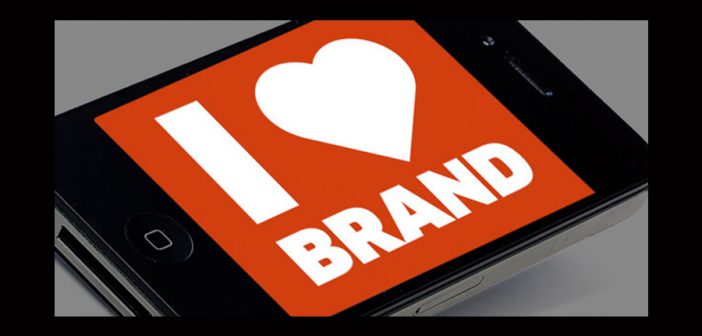Marketers are laser-focused on connecting with potential customers at critical decision-making moments. The trouble is, you’re always duking it out with your competitors trying to get your message seen and heard before theirs.
But what if you didn’t have to make all of that attention-grabbing noise in the last-minute marketing melee? What if you had already made an impression on the potential new customer? And what if that connection had been made long before the competition got into the game?
Welcome to intent-based digital marketing: mapping customer intent to relevant (and useful) content experiences.
Notice I didn’t use the word “funnel”? The fact is, the sales funnel doesn’t really exist anymore. Most industry analysis of modern consumer behavior points to something much closer to a totally non-linear “path-to-purchase.” And it turns out that it’s a very fragmented process.
Interestingly, search engines such as Google have been aware of this for a long time, given that they have so much end user data. So they know perfectly well that nobody wakes up in the morning with a credit card in hand and says, “Hey I’m Jane and I want to buy something.” The early discovery of intent behind a user query was based around three distinct phases known as the taxonomy of search. They’re described as informational, navigational and transactional. No, that’s not three different types of searchers—it’s one person going through a complex cognitive process.
More recently, with the explosion in the use of mobile devices, Google has recognized the evolution of this pattern of intent in what it refers to as micro-moments.
These occur at any given time on the path-to-purchase and are typified as I-want-to-know, I-want-to-go, I-want-to-do and I-want-buy moments. We’ve all done ourselves without realizing it. Perhaps you’re standing in line at the bank, or to pay for your sandwich at lunchtime and suddenly remember that you promised your wife a romantic weekend away. That’s when you reach for your mobile device and start the I-want-to-know, I-want-to-go stage of the cognitive process. Maybe you’ll follow up on your desktop computer when you get back to the office and maybe eventually reach the checkout later that evening on your tablet device at home.
Micro-moments help shape how we should be thinking about consumer intent. That’s because each of the different moments reflects different flavors of intent and calls for a specific content response, frequently across multiple devices.
Too many brands are stuck in the I-want-to-buy-moment. This is not to say that transactions are not the ultimate goal. It is to say that you need to reach people much earlier, ideally in the I-want-to-know stage. Not only is this where you will find your largest addressable target audience, it’s the best way to build brand affinity. You can position yourself as the authority in the field so customers will have you in mind when they are ready to buy.
Here are two real-life examples for creating content that satisfies moments of intent.
- A leading provider of lawn improvement products decided to stake out the I-want-to-know turf. So it imagined a guy who wants to invite his friends over for an amazing barbecue at his new house. He buys a new grill, apron and a hat. Then he goes to the backyard…and the lawn looks terrible. The one thing he hadn’t thought about was how to keep his lawn healthy. The company saw an opportunity to connect with this new homeowner by creating the world’s greatest barbecue playbook—and yes, lawn care was part of it. In short, this particular brand helped someone anticipate and solve a problem—way before the I-want-to-buy stage.
- A woman’s fashion retailer had concentrated its paid search efforts on I-want-to-buy moments with a narrow focus on the checkout. But it was missing, among other things, an opportunity to position its clothing for things like what-to-wear-for-interviews moments, a potentially large segment for the company’s business daywear. Preparing for job interviews is a time when consumers are seeking help and thus receptive to useful content. This particular company created a video on interview etiquette because those are perfect times to talk about what to wear and what not to wear to job interviews.
Again, both companies got ahead of their competitors by looking in advance of the I-want-to-buy junction.
With all of this in mind, here are some takeaways for implementing intent-based marketing and making sure you have relevant content.
- Conduct a content-mapping exercise that groups search keywords based on similar intents.
- Do a content gap analysis by combing through your website to look at every landing page and see if customers are getting the appropriate experience for a particular keyword or phrase.
- Realize that you don’t have to be there at every Learn what’s most important for each of your brands and prioritize the moments where decisions are being made and preferences established. This will inform your messaging and content choices.
In summary, begin a customer dialogue that can shape a preference for your product well in advance of when someone is ready to purchase. It’s all about intent and then content.
This article first appeared in www.brandchannel.com


